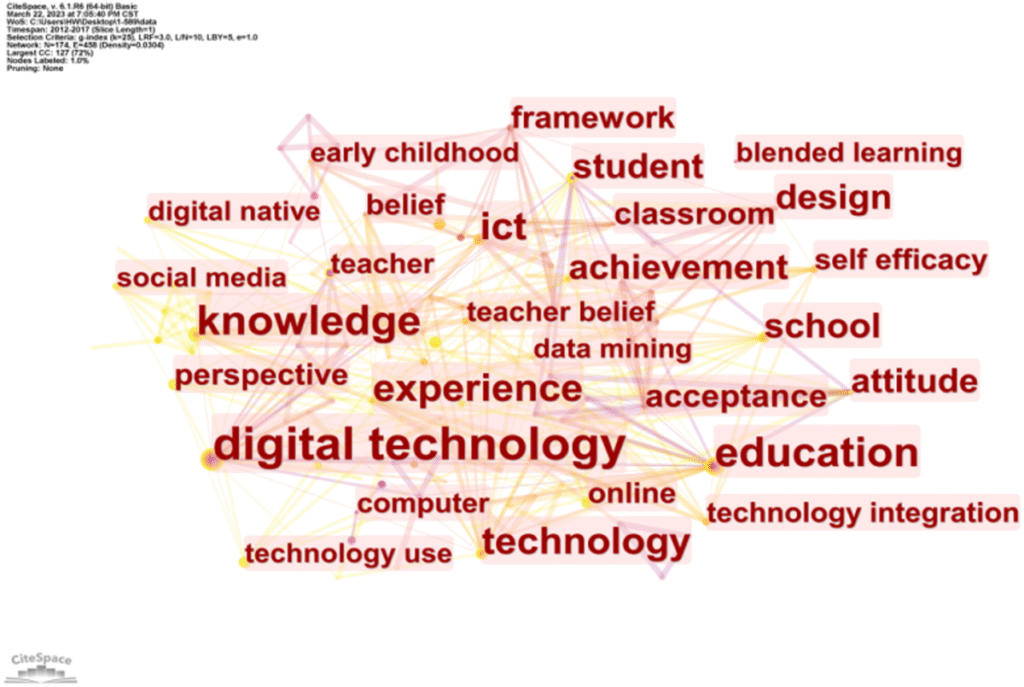
Education: A Powerful Catalyst for a Sustainable Future
Entering to excellent education is not only a human right but an important motor of economic growth, social progress, and global peace. Until now, millions of children and youth all over the place in the world are deprived of this right due to systemic hurdles, including poverty, disability, language, gender discrimination, and topographical marginalization. Sustainable Development Goal 4 ambitions to “ensure complete and sensible quality education and ensure lifelong learning chances for all,” but reaching the goal requires focused efforts to dismantle the structures that extend educational disparity.
In countries with insufficient assets, children from rural areas or local groups often have limited access to schools, undertrained teachers, or curricula that do not replicate their values or language. For instance, in chunks of Sub-Saharan Africa and South Asia, girls are still less likely than boys to complete secondary education due to deep-rooted sex norms, early marriage, and free domestic labor. Likewise, immigrant and displaced children are five times more likely to be out of school than their non-displaced counterparts. These breaches replicate deeper organizational problems in the worldwide education system, issues that cannot be fixed through policy alone, but also require a culturally approachable, equity-focused approach to education (Shahzad, 2024).
To mark SDG 4 a truth, education systems must be updated to support all learners, regardless of their background. Culturally appropriate education, comprehensive curricula, and teacher training programs are key components in ensuring that students feel understood, respected, and permitted in the classroom. For students with ill health, physical access to schools is only one piece of the puzzle; accessible instructional ingredients, trained support staff, and modified learning methods are equally important. For multilingual learners, inclusive education means being trained in their mother tongue or receiving necessary language support to succeed in national curricula (Dwiana & Sutarno, 2023).
Technology can also be a powerful equalizer in education, but only when access is equally distributed. The COVID-19 pandemic revealed stark digital divides, with millions of students left behind due to a lack of devices or internet access. To fill this gap, governments and international organizations must finance in infrastructure, digital learning, and low-cost solutions like radio- or mobile-based learning in underserved areas (Jamil & Muschert, 2023).
Teachers are the front runners of any education system. So, putting money into teacher growth, particularly in multicultural awareness, inclusive teaching strategies, and trauma-informed care, is crucial. Making teachers to recognize and respond to the diverse needs of learners promotes higher attainment, better classroom climates, and reduced dropout rates. Teacher voice and guidance must also be vital to educational reforms to ensure that change is both practical and sustainable.
In addition, community involvement plays a crucial role in building an inclusive and lasting education system. Schools must establish meaningful partnerships with families, local leaders, and civil society organizations to address barriers unique to their settings. For example, awareness campaigns and local mentorship programs can help shift harmful cultural norms that limit girls’ education or discourage children with disabilities from attending school. Furthermore, regular monitoring and evaluation are essential for measuring progress toward educational equity and identifying gaps that still need attention. Investment in data systems can provide real-time insights and support data-driven policymaking.
Equally important is student participation young people should be empowered to voice their needs and contribute to shaping the policies that affect their learning environments. Only through collaborative, community-centered, and data-informed strategies can we build an education system that truly fulfills the promise of Sustainable Development Goal 4 and ensures a just, sustainable future for the next generations.
In the end, quality education is not just about access, but about inclusion, relevance, and empowerment. Attaining SDG 4 means shifting from a one-size-fits-all model to a learner-centered approach that values change as a strength. It means construction schools that are not just institutions, but safe and welcoming spaces where every student can flourish. As educators and advocates, we must commit to continuous reflection, innovation, and collaboration to ensure that no child is left behind.
References
Dwiana, R., & and Sutarno, S. M. (2023). Bridging the digital divide during the COVID-19 pandemic with the remote learning program on community radio. Media Asia, 50(4), 546-571. https://doi.org/10.1080/01296612.2023.2212216
Jamil, S., & Muschert, G. (2023). The COVID-19 Pandemic and E-Learning: The Digital Divide and Educational Crises in Pakistan’s Universities. American Behavioral Scientist, 68(9), 1161-1179. https://doi.org/10.1177/00027642231156779
Shahzad, M. (2024). The Impact of Digital Divide on the Educational outcomes of deprived Children in Low-Cost Private Sector Schools in Lahore, Pakistan; Post-COVID-19 Era. Pakistan Journal of Humanities and Social Sciences, 12(4), 3240-3256. https://doi.org/10.52131/pjhss.2024.v12i4.2500
Author’s Bio
Afsar Ali is a Master of Science in Nursing Scholar at Aga Khan University, Karachi, Pakistan. With a keen interest in healthcare access and emergency services, Afsar is dedicated to improving health outcomes in underserved communities through research, advocacy, and evidence-based nursing practices.
Afsar Ali is a Master of Science in Nursing Scholar at Aga Khan University, Karachi, Pakistan. With a keen interest in healthcare access and emergency services, Afsar is dedicated to improving health outcomes in underserved communities through research, advocacy, and evidence-based nursing practices.

